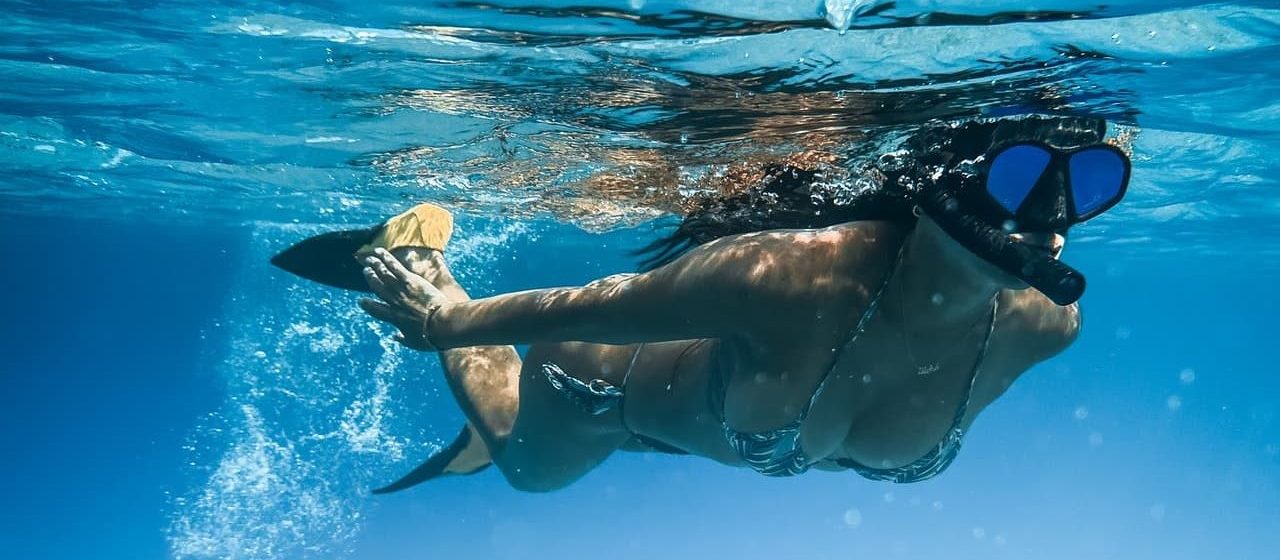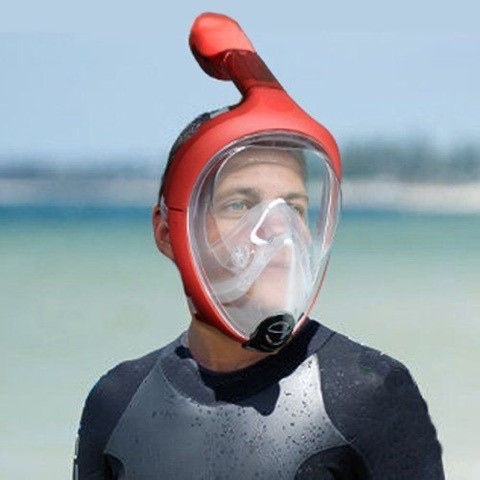Snorkel Study Reveals Cause of Many Drownings

In January 2019, the Hawai’i Tourism Authority funded a Snorkel Safety Study in order to “determine the causes and risk factors associated with snorkel-related fatal and non-fatal ocean drownings in Hawai’i and develop appropriate safety messages.”
Primary Cause of Snorkel-Related Drownings
The study showed that Hypoxia Induced by Rapid Onset Pulmonary Edema (ROPE) is the cause of some, if not most, snorkel-related fatal and near-fatal drownings. Certain factors that increase the risk of ROPE are:
- Snorkel resistance and horizontal immersion are predisposing factors that can contribute to the onset of ROPE
- Certain health issues increase the risk of developing ROPE
- Recent prolonged air travel may be a contributing factor.
Conclusions of the Snorkel Resistance Investigation
Key takeaways from the study include:
- Snorkels and full-face masks have a wide range of airflow resistance
- High resistance adds to the risk of developing ROPE
- The more you exert, the greater the resistance
- You can’t judge a snorkel by its looks
- Some, probably most, fatal and non-fatal drownings were hypoxia-induced by Rapid Onset Pulmonary Edema (ROPE)
- Full face masks may be a risk factor
Furthermore, the survey determined the following regarding full face masks:
- Cannot assess their resistance by visual inspection
- Cannot be removed easily in urgent situations even with quick release features
- Cannot “spit out” mouthpiece in urgent situations
- Cannot clear water from tube with sharp expiratory force maneuver
- Cannot dive beneath the surface safely
- Valve malfunction may lead to serious aspiration consequence
Message to Snorkelers Regarding Safety
Recreational snorkeling is not a benign or low-risk activity. This is true both for inexperienced and experienced swimmers and snorkelers.
- Always swim with a buddy
- If you can’t swim, don’t snorkel
- The risk of drowning is relatively higher among visitors
- Choose snorkel devices thoughtfully. Avoid constrictions in mouthpiece caliber, which may increase airway resistance to inhalation
- Learn to use the simplest snorkel device safely before trying more complex models and before venturing to depths beyond one that allows standing with water at chest level
- If in doubt about your cardiovascular health – don’t go out!
- It may be prudent to wait several days after air travel to attempt a snorkel venture
- Shortness of breath can be a sign of danger. Stay calm, stand up, remove snorkel, get out of water immediately
- Beware of wind and sea currents which may cause you to drift away
About the Author
Gerry Dworkin, a renowned authority in Ice Rescue, Water Rescue and Aquatic Safety, is an industry veteran with over 40 years of expertise. Gerry is the acclaimed author of definitive works on these subjects.
He has served as a featured expert on all major television and cable networks, offering valuable insights and analysis. Additionally, Gerry has been prominently featured in numerous radio broadcasts, podcasts, and publications, cementing his reputation as a trusted source. (See Gerry’s full bio)
For inquiries, journalists and authors are encouraged to reach out directly to Gerry for interviews and research purposes.



